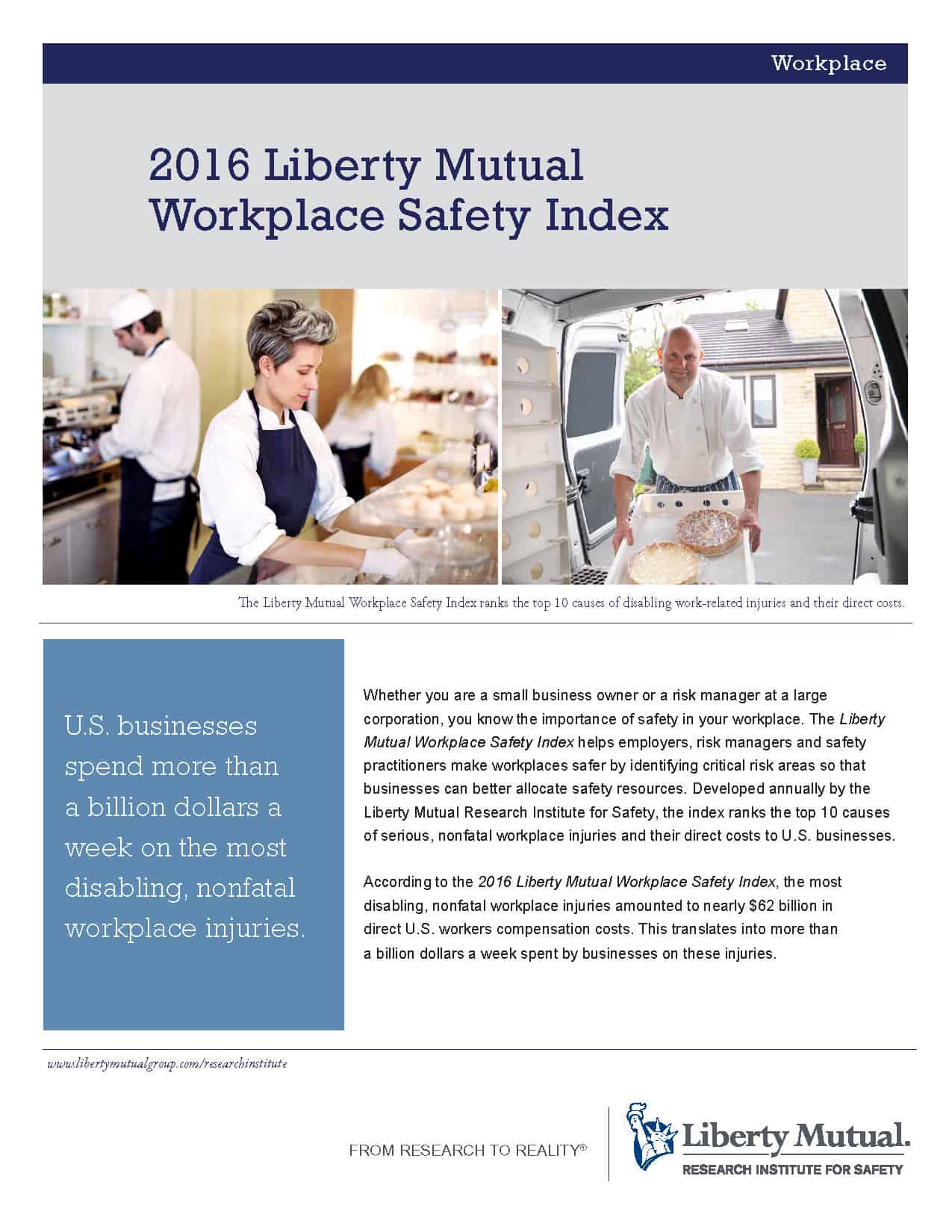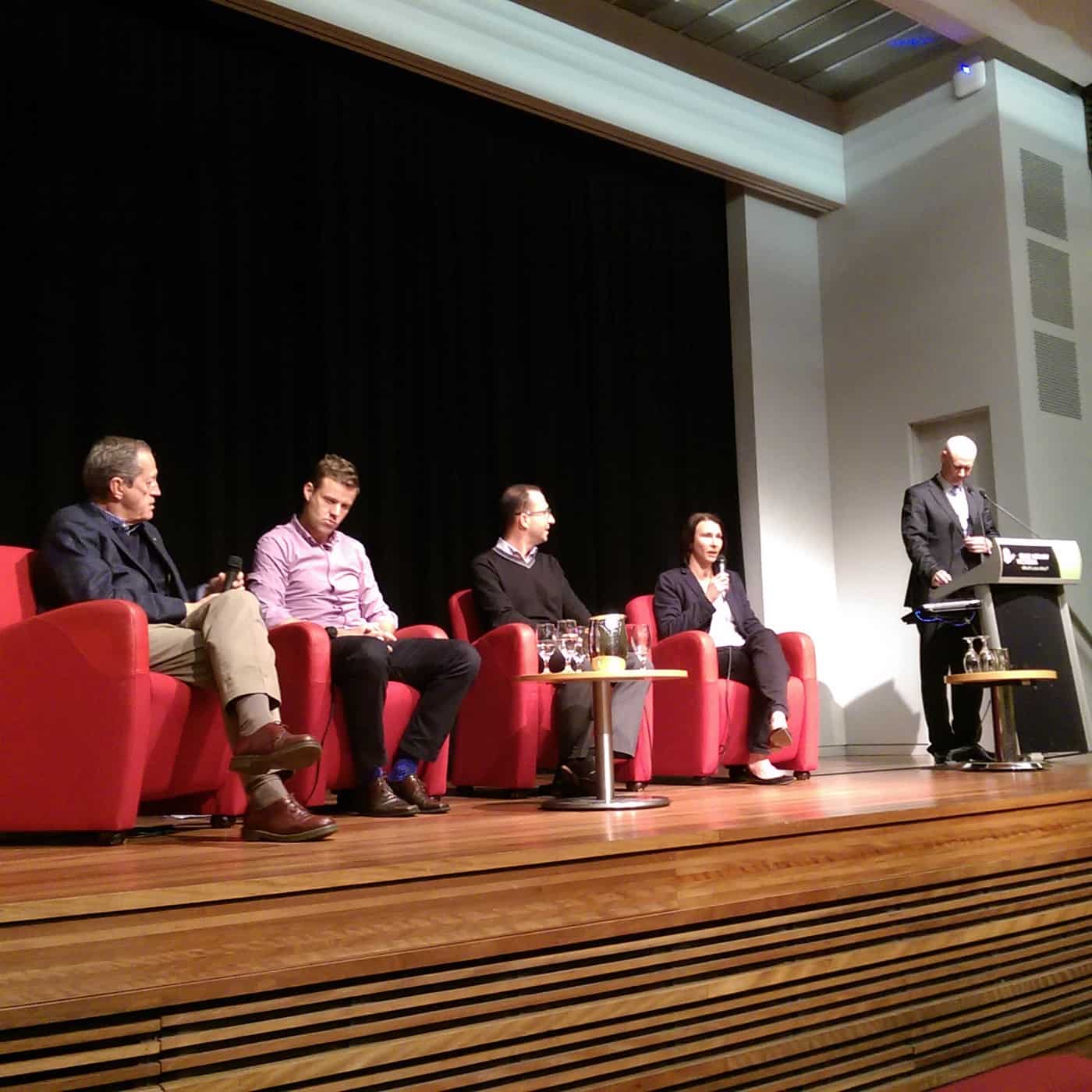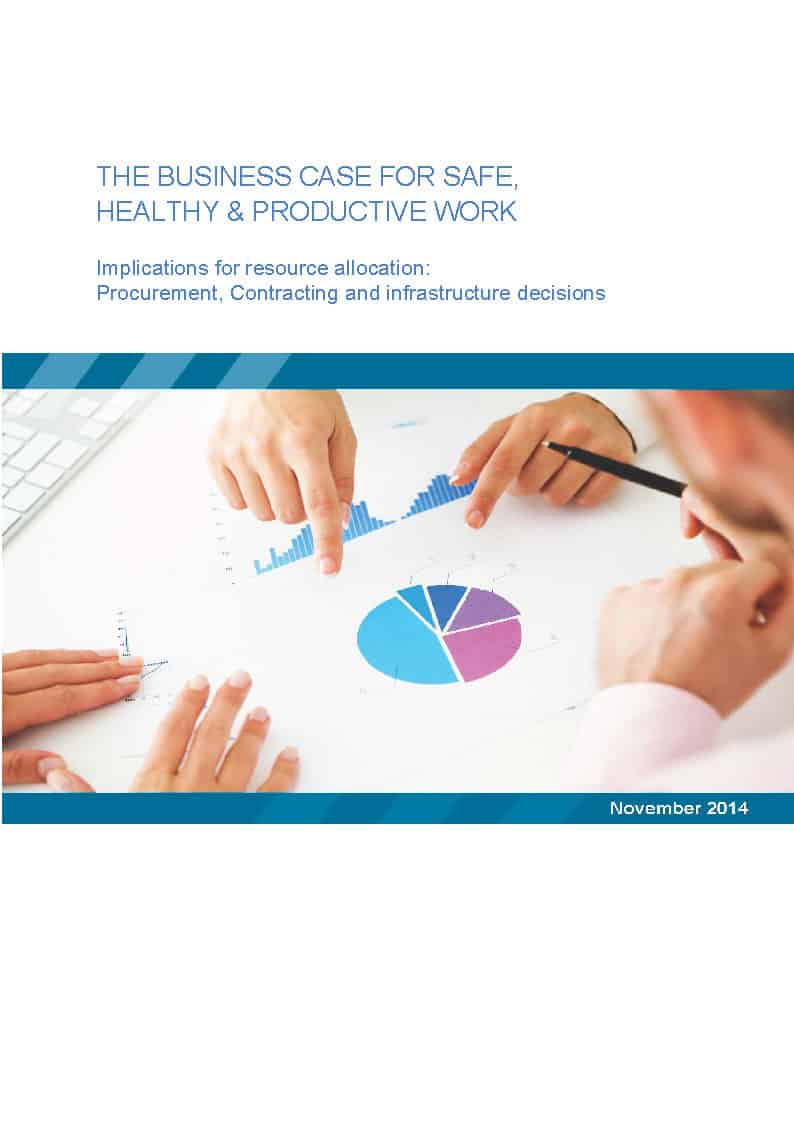On March 4, 2016 WorkSafe Victoria released a media statement with the headline:
“WorkSafe announces new safety record in half-year results”
The headline was reinforced (or the other way round) in the body of the statement with
“The rate of injuries in Victorian workplaces has reached a new record low, according to the half-yearly results released yesterday by WorkSafe Victoria.”
But then states that
“As of 31 December 2015 there were 7 claims per million hours worked (MHW) in Victorian workplaces, compared to 7.34 claims recorded at the end of 2014/15 – a fall of 4.6 per cent.”
So what is it – a record low number of injuries or a record low number of workers’ compensation claims?


 Having never played sports outside the obligatory high school activities, which in my high school also included snooker?!, the world of locker rooms and team sports is foreign. But earlier this week I learnt that where OHS professionals talk about productivity, sportspeople speak of performance, and where factories address line speed, sports physicians talk of load management. I also learnt that professional sportspeople are exempt from workers’ compensation.
Having never played sports outside the obligatory high school activities, which in my high school also included snooker?!, the world of locker rooms and team sports is foreign. But earlier this week I learnt that where OHS professionals talk about productivity, sportspeople speak of performance, and where factories address line speed, sports physicians talk of load management. I also learnt that professional sportspeople are exempt from workers’ compensation. 